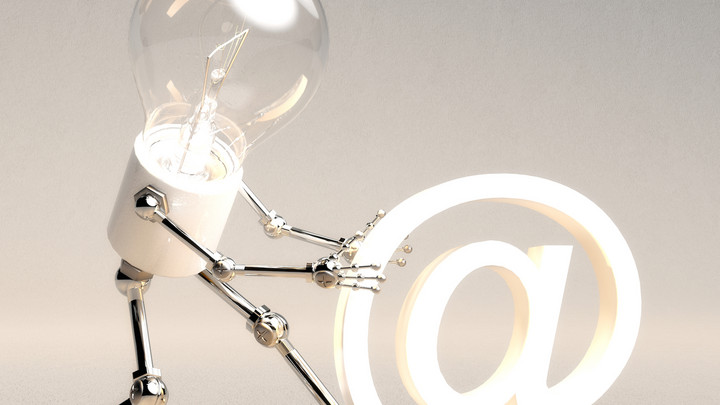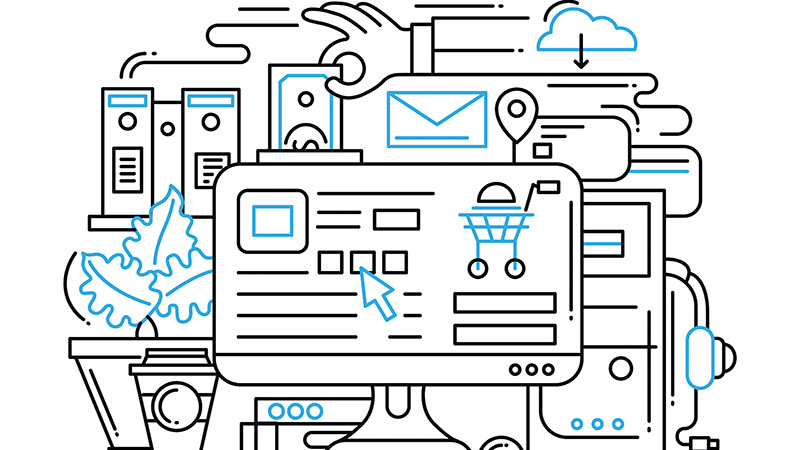Making Inboxes Smart with schema.org
Magnus Eén from Westwing and Dr. Conny Junghans from 1&1 spoke to Julia Janssen-Holldiek (CSA) about introducing schema.org to enhance commercial emails.

© 3quarks | istockphoto.com
Watch the 7-minute video above or on YouTube, or read the transcript below:
Transcript
JULIA JANSSEN-HOLLDIEK: So, technically speaking, what is schema.org?
DR. CONNY JUNGHANS: Schema.org is really just markup that you add to email. It's sort of like HTML and it tells the computer what the email is about. It's something that's not displayed to the user, but it's meant for the computer to know if the email is about shopping or about travelling, and maybe some key facts like the order number or something. And schema.org needs to be added explicitly by the sender. So he or she needs to have all the information available, like which carrier is a package sent with and what's the tracking ID. But that's really all there is to it, technically.
JANSSEN-HOLLDIEK: Does schema.org impact customer experience, and if yes, how?
MAGNUS EÉN: Yes, it does. I mean, we, as a brand, we obviously want to give the best experience to the customers. And now this possibility of adding user experience into their preferred interface is obviously an enhanced user experience.
DR. JUNGHANS: But also, for us, without having the explicit information that schema.org adds, for us it's really just text we can display. But once we have the entities assigned to emails then we can do stuff, like we can group emails by order ID or we can summarize emails and we can extract the most relevant information. And also customer experience-wise – people really don't distinguish, in the shopping process, which part or which player of the shopping process they are in.
EÉN: In the end we share the same customers, right?
JANSSEN-HOLLDIEK: Exactly. So, you share the same customers and you can raise the customer experience for your customer. Sounds good. So, for getting there, how did you, Westwing and 1&1, collaborate together in order to drive this project further?
EÉN: Schema.org has been mentioned for a few years now, but it was really at the CSA Summit 2018 (where colleagues of Conny from 1&1 actually had a workshop around schema.org) where we thought that, ok, we – as a brand – we were ready, we really wanted to implement this and reach out to them. And we basically tried to work together, because it's sort of a chicken and egg problem, that if no one adds this information to the emails there's nothing that the mailbox provider can work on or use. So, obviously, they also needed brave participants to start adding this to their emails.
JANSSEN-HOLLDIEK: To bring it really to life. To test it.
EÉN: Yes.
JANSSEN-HOLLDIEK: And so, we heard a lot about benefits of customer experience. Were there some challenges you were experiencing in implementing schema.org?
EÉN: Definitely, I think that we had – from our point of view – technical challenges of different kinds. But then there's also this constant challenge that email marketing is, and has always been, a very return-on-investment-driven process. Now, when basically users can get information that outside the email we might lose the possibility to track that with an open event or a click event. So obviously it's hard for us to know exactly if a user opened this order confirmation or whatever email it might be. So that's obviously a concern. Yes, and – apart from that – also we might no longer be in control of what's being displayed to the customers. Because the mailbox providers can already extract information from the email and display that in whatever way they think it makes more sense for the customer. So, we basically lose the control over what the customer sees and also, obviously, the possibility to add other information to the email.
JANSSEN-HOLLDIEK: Conny, what do you think: What's next after adding schema.org to shopping emails?
DR. JUNGHANS: There's still a lot of ground to cover really, like grouping shopping emails by order and updating people on the status of their shipments. It's really just the beginning. If you look at your typical mailbox – which is probably similar to mine – there are travel emails, and contracts, and just all of these other companies that are competing for our attention. Here we can assist in just summarizing the data and grouping the data. So, you see, we just focus on travel and contracts and invoices for now.
And then... just imagine, just one example: you get, maybe for your cell phone contract, you get an invoice every month and it's probably always maybe 10 Euros and then imagine that you get one for 15 Euros the next month. Then you wouldn't have to recognize that yourself, but the smart inbox would notify you: “Oh, now your cell phone bill is like 5 Euros higher than it usually is, than it was in the last 10 months”. And so, then you can just spring to action, you don't have to check yourself, it just alerts you to the fact that something is out of the ordinary. And so, that's the kind of digital assistant that we imagine the smart inbox to be.
Dr. Conny Junghans is striving to harness the power of data science to change how we accomplish everyday tasks. She's currently a product manager at Germany's largest email provider where she seeks to improve people's experience with machine-generated emails. Before joining 1&1 Mail & Media GmbH, she helped build analytics products for multichannel marketing and e-commerce controlling.
Magnus has over 10 years’ experience in deliverability. Having previously worked for an ESP, he now applies in practice his accumulated knowledge for his current employer, Westwing. Westwing is an online Home & Living shopping club with daily sales communicated mainly using newsletters.

Please note: The opinions expressed in Industry Insights published by dotmagazine are the author’s own and do not reflect the view of the publisher, eco – Association of the Internet Industry.







